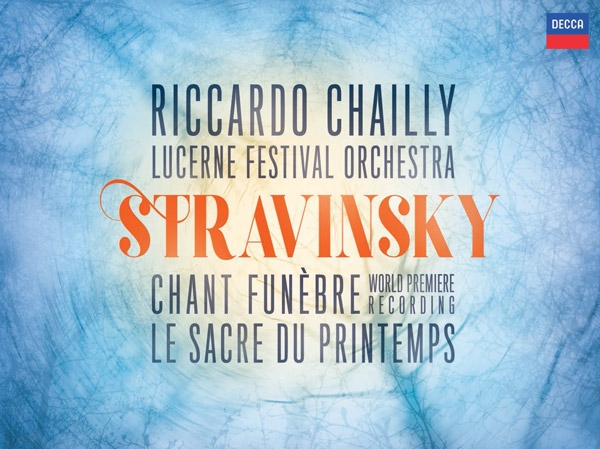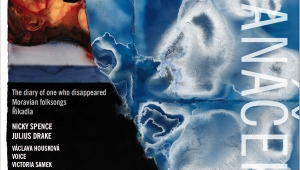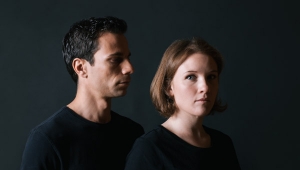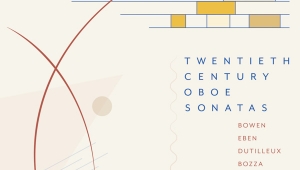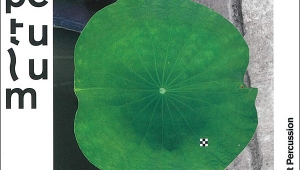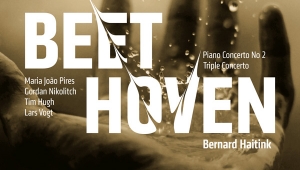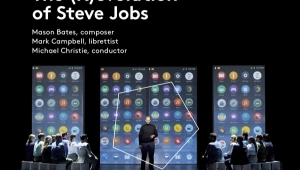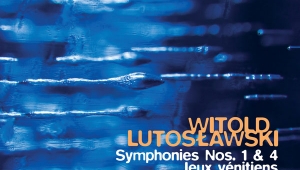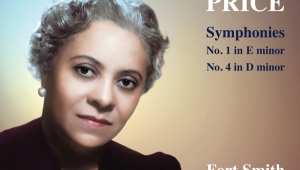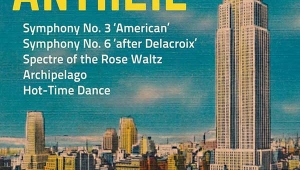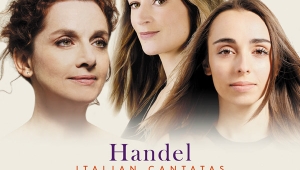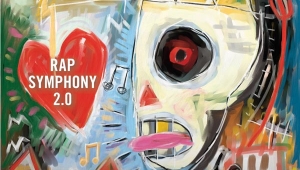| Columns Retired Columns & Blogs |
The original version of Rite of Spring was in the public domain. In 1943, Stravinsky revised the Sacrificial Dance and of course copyrighted it. Now royalties could be obtained! However, many later performances ignored to revisions. No royalties for Igor!
He did something similar with the Firebird and Petrushka Suites in 1945--the earlier concert suites remain in the public domain, but not the 1945 versions.
I look forward to hearing this performance. The Chailly/Cleveland version was very exciting and had great (though multi-miked) sound.
